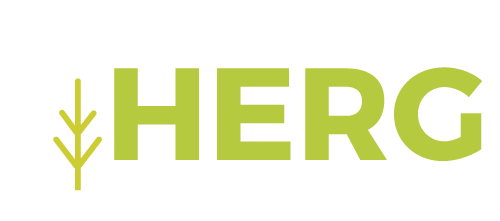Globally, anthropogenic activities continues to pose wide spread pollution into the aquatic ecosystems such as rivers. This study set out to assess the sensitivity of Chironomus species to justify their use in monitoring of riverine ecosystems in the Lake Victoria Basin, Kenya.Chironomid midges were sampled from upstream and downstream of paper mill factory in the River Nzoia and sugar cane factory in the River Mbogo for toxicity tests in the laboratory. In the laboratory, midges were exposed to different dilutions of paper-mill factory effluents and sugar cane factory effluents. They were observed for mortality after every one hour for 24 hours and in case of any mortality, the dead midge was removed and counted. Sensitivity was then calculated as a percentage of the total number that died over the total midges exposed for each test. Results for all the tests were evaluated for variability among treatment effects and control using analysis of variance (ANOVA). There were significant effects (p<0.05) of effluents on sensitivity. The study, therefore, concluded that Chironomus species are sensitive to pollutants emanating from sugar cane processing and paper mill effluents, hence can be used as test organism in monitoring the health of riverine ecosystems in LVB. It was recommended that on-field toxicity tests for the Chironomus species be done.
